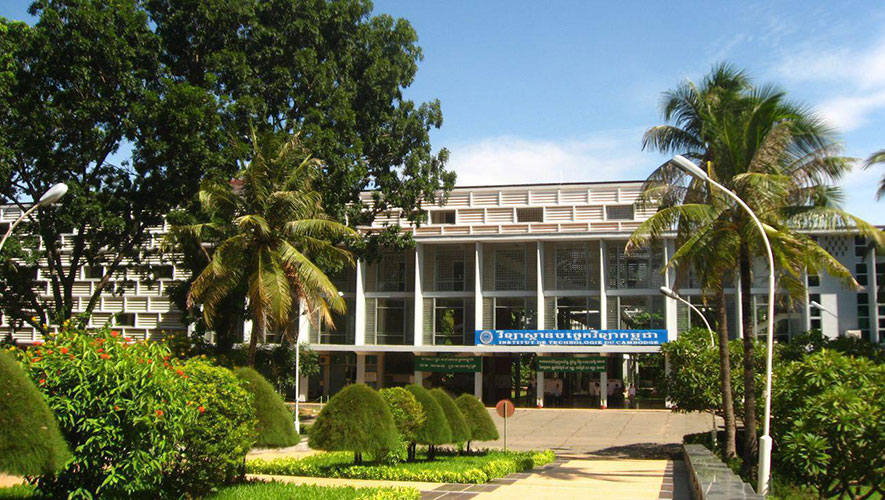The announcement of China’s economic data for the first three quarters this year has further revealed the real situation facing the Chinese economy, and it is also worrying that China’s economic growth is likely to be less than 6 percent in the future.
For the latest Cambodian Business news, visit Khmer Times Business
Anbound research company is of the opinion that the new normal of China’s economy is derailing.
Regarding the current economic situation, Premier Li Keqiang’s views are more pertinent. He believes that the current downward pressures on the economy will continue to increase with prominent difficulties faced by the real economy and the presence of a weakening domestic demand.
The price of certain types of food in China is also rising because of changes in supply and demand, while some regions in China have shown little dynamics of growth. Hence, Li pointed out that it is necessary to maintain steady growth and keep the economic operation in a more reasonable position and in a more reasonable range.
For China, admitting the existence of difficulties is more conducive and objective to future macroeconomic policy adjustments than claiming its economy is still stable or that foreign media misjudged China.
For the macroeconomic policy department, the next step is to consider how should macroeconomic policies be adjusted.
Not cutting interest rates
Before answering these questions, let us first look at the outside world’s evaluation of China’s macroeconomic policies.
The subject of an analysis focused article by CNBC on October 23 is “Why China isn’t cutting lending rates like the rest of the world”. As the title implies, the article analyses the reason why People’s Bank of China (PBoC) does not follow the footsteps of many other major central banks to cut interest rates when trying to navigate in a challenging economic environment.
China’s central bank manages a completely different economic structure from many other major regions, such as Japan or the European Union. However, the PBoC is also facing the same problem, namely on how to ensure the effectiveness of the current monetary policy. The PBoC has set a new “loan prime rate” (LPR) with a 4.2 percent for the one-year rate and 4.85 percent for the five-year rate. The interest rate in October is exactly the same as the interest rate in September.
In the market’s view, this seems to indicate that the PBoC is sticking to a neutral stance, which plays an important role in judging the central bank’s future policies.
China’s internal problems
Against the backdrop of interest rate cuts by major central banks around the world, foreign media are puzzled by the fact that the Chinese central bank still insists on not cutting interest rates. In our view, the logic of the foreign media and certain part of the international market is that, “with the economic downturn, the world’s major central banks have begun to cut interest rates.
There are many internal problems of the Chinese economy, hence China needs to have a looser monetary policy than other countries to stabilise the market”. Even so, China still refuses to use the interest rate cut policy and this is something that the outside world cannot seem to grasp.
From the market’s perspective, we believe that it makes sense to ask such questions about China’s monetary policy. Under the downward pressures of this year’s economy, China’s macroeconomic policies still adhere to the basic framework of “positive fiscal policy” and “stable monetary policy”.
Specifically, in terms of fiscal policy, tax reductions have been adopted, while the scope of special bonds has been expanded. Also, the amount of bonds issued in the next year has been arranged in advance. In addition, the amount of special debts has been tilted to some regions, and the special debts have been defined as the upper limit of the use of project capital.
Flexibility needed
In terms of monetary policy, different policy tools such as targeted required rate of return (RRR) reduction, comprehensive RRR reduction and window guidance have been adopted. In the operational aspect of the policy, the macro policy counter-cyclical adjustment tool is used somewhat flexibly.
In order to stabilise growth, this year, China has increased investment in major infrastructure projects. Taking railway investment as an example, railway construction investment will increase to its highest level of 850 yuan billion in 2019. Such a large-scale infrastructure investment may support this year’s stable economic growth and its investment efficiency is something worthy of attention.
It can be seen that all of these policy tools avoid massive stimulation, yet the problem is that the relaxation of macroeconomic policies will face difficulty in achieving structural “targeted drips” while completely avoiding massive stimulation. The central bank’s monetary policy only manages the largest sources; as for the areas under where the money multiplier effect can be allocated as well as markets and projects, this is not a problem that can be solved at the macro-control level.
Systemic challenges
The Chinese economy is currently facing systemic problems, not a small number of structural problems. Under the unique conditions of this year, the starting point of the central bank’s monetary policy should be focusing on the most important goals.
In the past there were arguments on who should be the mainstay of fiscal and monetary policies. Should it be the financial department, the National Development and Reform Commission (NDRC), or the central bank? In a forum, Anbound researchers heard from an NDRC official that China’s monetary policy should first serve the needs of China’s economic development, rather than focusing solely on the independence of the monetary policy.
In the past one or two years, there were controversies on whether the financial department and the central bank should be more active on the fiscal and monetary policies. In fact, from the current international situation, even the Federal Reserve, which is the most independent among levels of independence of monetary policy around the world, has become more “Trumpized” under pressure from President Donald Trump. Meanwhile, the European Central Bank is also preparing to increase loosening activities.
Serving stable growth
As such, China’s monetary policy requires serious consideration of how to serve stable growth like never before. Some institutions in China believe that the next step is to increase the regulation of countercyclical macroeconomic policies, as well as to cut interest rates through monetary policy in order to cope with the loose monetary policy competition that has already appeared in the international arena and to create a favourable interest rate environment for the further expansion of fiscal policy. There is thus a synergy between monetary and fiscal policies, as well as structural adjustment policies to further deepen reforms and opening-up. Some analysts said that the central bank’s neutral stance may be to address concerns about rising inflation caused by soaring pork prices. The central bank does not want ordinary people to have expectations for higher inflation, so it is unlikely that policy rates will be quickly lowered. However, as we have explained many times recently, this year’s consumer price index (CPI) rise is affected by the unique factor of African swine fever. Excluding the pork factor, the domestic economy of China is facing more deflationary risks, rather than inflation-related risks.
As some researchers have said, China does not have inflation problems, but rather it has pork problems. Therefore, the price volatility caused by the pork problem should not be a strong interference in macroeconomic policies, especially in monetary policies.
Macroeconomic policies
We believe in the face of the future China’s economic trends, the market wants to know how China’s macroeconomic policies, especially monetary policies work out. An analyst from a foreign enterprise said the interest rate remained unchanged in October, indicating the central bank is still in the observation period, but there are still some problems in the transmission of this monetary policy from financing to economic growth. Obviously, both Chinese and foreign markets want to see a clearer signal from the Chinese central bank and they expect a signal for stronger loosening to take place. This year, China’s economic downward pressure has increased and the new economic normal has derailed. Under these special circumstances, monetary policy needs to focus more on steady growth.
He Jun is a master in the Institute for the History of Natural Sciences, Chinese Academy of Sciences, majoring in intellectual history of science. He is also a senior researcher at Anbound Consulting, an independent think tank with headquarters in Beijing. Anbound specializes in public policy research after being established in 1993




